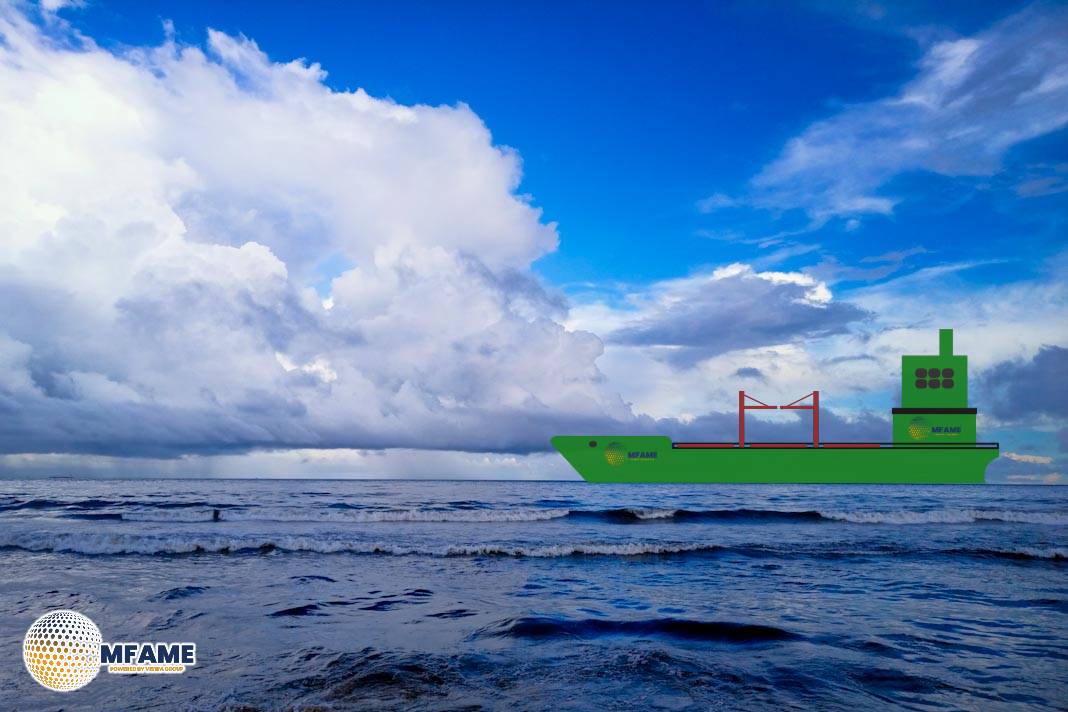- About 9% of Global Tankers Targeted by New Chinese Policy.
- China’s Crude Imports Continue Rising Despite Trade Tensions.
- VLCCs Remain Dominant in China’s Seaborne Crude Flows.
According to the latest market commentary from Xclusiv Shipbrokers, around 9% of global tankers, primarily those linked to the U.S. and not built in China, are now facing new port fees imposed by China. This policy specifically targets vessels that are owned by U.S.-listed companies, fly the U.S. flag, were built in the United States, or are owned or managed by U.S. individuals or entities, reports Safety4Sea.
Market Commentary on Exposure
“Preliminary analysis indicates that the tanker market holds the highest exposure to these measures, compared to other shipping segments such as dry bulk, container, and gas carriers. This is primarily due to the significant proportion of tankers owned by U.S.-listed operators, estimated at around 12% of the global tanker fleet,” Xclusiv Shipbrokers explained.
China has since clarified that vessels built in China and owned by U.S.-listed companies will be exempt from these new port fees, which has effectively reduced the percentage of tankers that could be affected from 12% down to about 9%.
China’s Crude Imports Continue to Recover
Looking at trade flow data from the Signal Ocean Platform, it’s reported that so far this year, China has imported roughly 362.2 million tonnes of crude oil, not counting volumes from countries facing international sanctions like Venezuela, Russia, and Iran. Xclusiv Shipbrokers pointed out that this trend highlights a steady recovery in Chinese crude demand, bolstered by strong industrial activity and solid refining margins.
Saudi Arabia remains China’s top crude supplier, accounting for 16.6% of total imports, followed by Iraq at 13.9% and Brazil at 9.8%. This diversification in supply sources showcases China’s strategic approach to balancing its import mix between the Middle East and emerging producers in Latin America. For context, during the same period in 2024, China imported 335.5 million tonnes of crude, marking an 8% year-on-year increase for 2025. Last year, Saudi Arabia also led the supply with a 17.1% share, followed by Iraq at 14.6% and Oman at 8.6%. Additionally, the slight dip in Saudi Arabia’s market share this year indicates growing competition among key exporters and a gradual shift in China’s procurement towards barrels from the Atlantic Basin.
Vessel Types and Trade Patterns
VLCCs are still the heavyweights, moving a whopping 91% of all seaborne volumes. Aframax vessels follow at 6.1%, with Suezmaxes trailing behind at 2.2%. Asx pointed out, this trend highlights China’s ongoing dependence on long-haul shipments from the Middle East and the VLCC segment’s knack for meeting the high demands of large-scale refineries. This pattern is pretty much in line with 2024, where VLCCs accounted for 92.4% of total imports and Aframax vessels made up 3.5%, showing that trade routes and chartering preferences have remained stable.
U.S.-Linked Tankers by Vessel Type
In the crude sector, U.S.-listed companies own about 13% of the global VLCC fleet, 20% of Suezmaxes, and 11% of Aframaxes. A deeper dive reveals that 82.7% of these VLCCs, 80% of Suezmaxes, and 60% of Aframaxes owned by U.S.-listed firms might still be subject to the new fees since they aren’t built in China. In terms of the total fleet, this means that 10.6% of active VLCCs, 16.3% of Suezmaxes, and 6.5% of Aframaxes could be facing this new cost burden.
Potential Impact on Trade and Freight
If these crude carriers end up falling under China’s new port fees, it could significantly impact seaborne trade, according to Xclusiv Shipbrokers. The added costs might deter U.S.-linked vessels from docking at Chinese ports, leading to a reshuffling in loading and discharge patterns. This could tighten the availability of tonnage in the Pacific, extend voyage distances as ships reposition, and increase both tonne-mile demand and freight volatility.
While we still need to fully assess the immediate financial impact of these port fees, it’s clear that this move highlights China’s growing use of maritime regulations as a strategic tool in international trade. The tanker market’s considerable exposure suggests there could be significant implications for freight rates, asset values, and future investment strategies among U.S.-listed owners, as noted by Xclusiv Shipbrokers.
Did you subscribe to our daily Newsletter?
It’s Free Click here to Subscribe!
Source: Safety4Sea


















